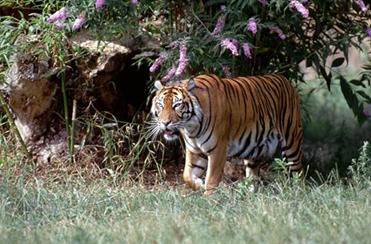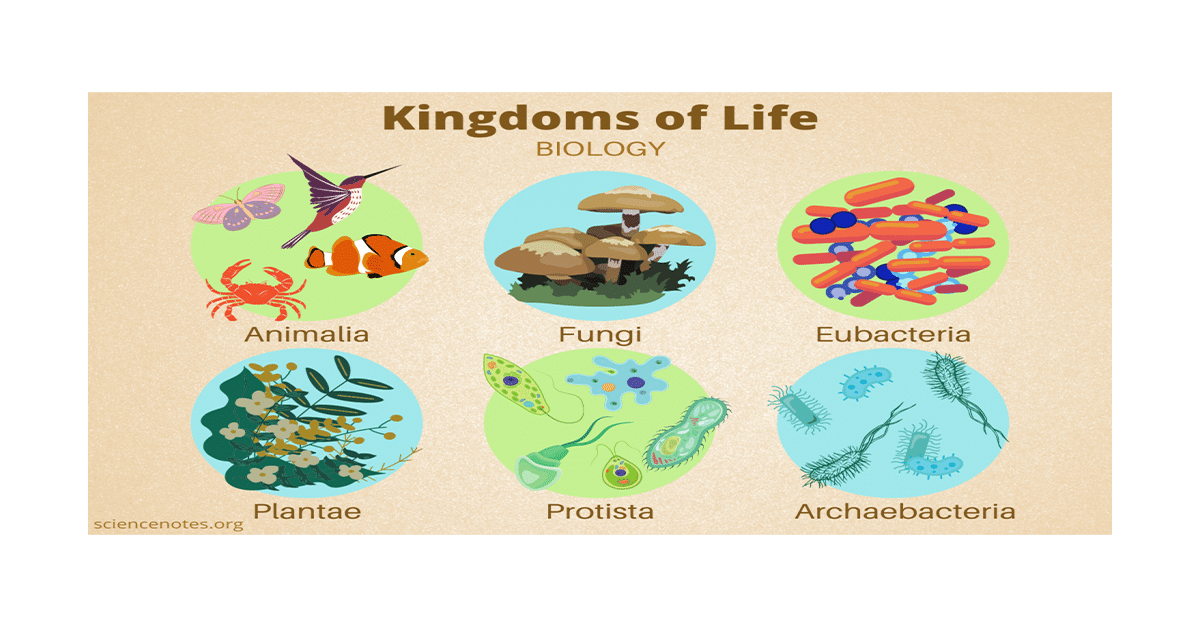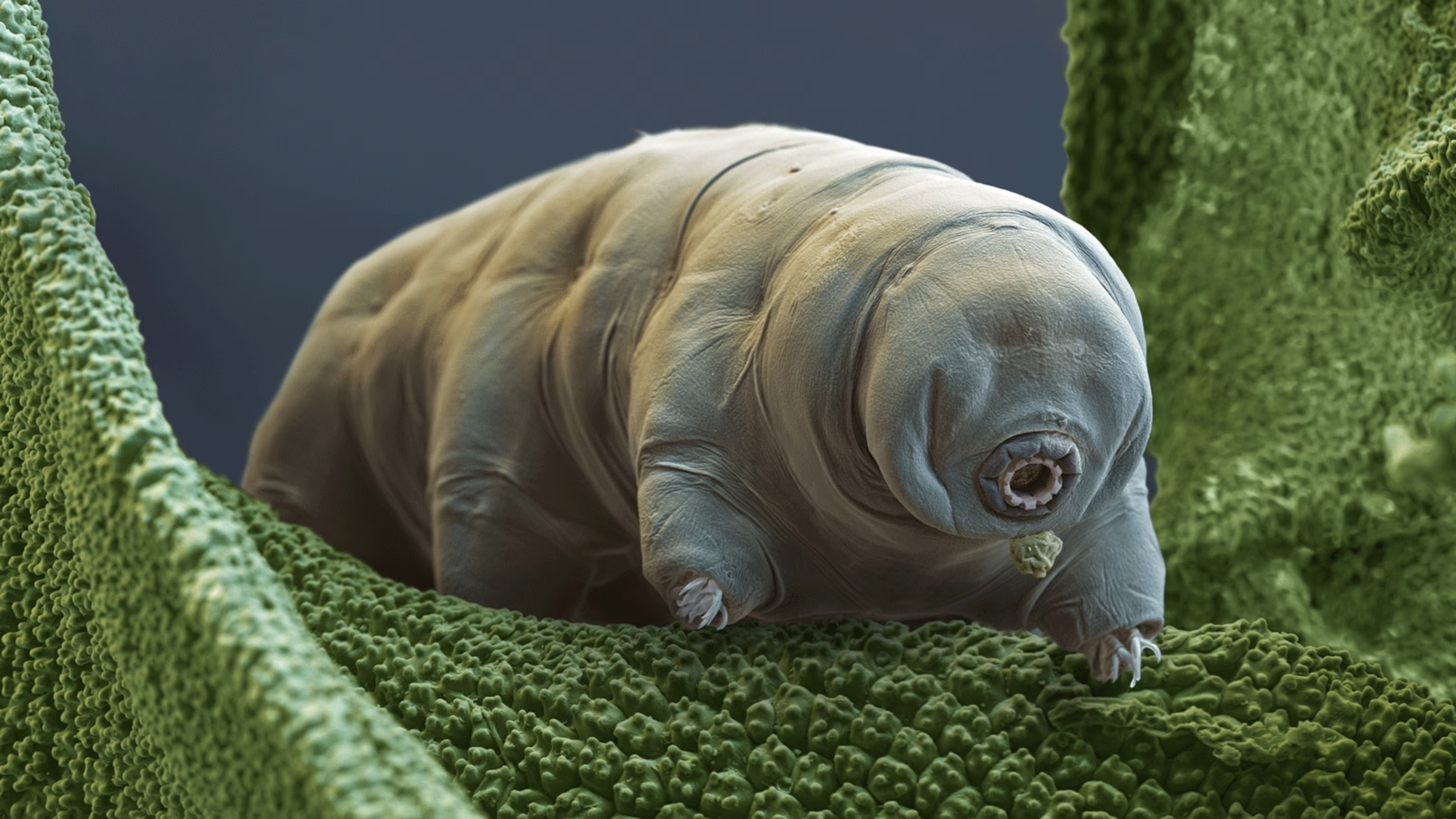Even though there are over 8 million different species in the world, they can all be classified into only six different general classes that share similar traits. It is an amazing fact that connects all life together. Before microscopes were discovered biologists only thought there were two classes of life – plants and animals.
The six kingdoms of life are:
Archaebacteria – Single-celled organisms often found in extreme conditions, like thermal vents, or hot boiling water.
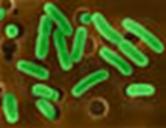
Eubacteria – Similar to Archaebacteria, but more complex with multiple cells connected together. Most bacteria are in this class.
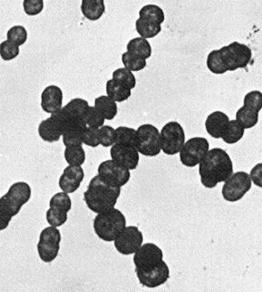
Protists – Microscopic organisms that are not bacteria, not animals, not plants and not fungi with more complex cells. Algae and slime mold are good example of a protist.
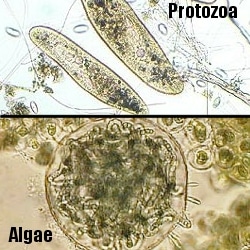
Fungi – Fungi are multicellular and consist of many complex cells. Mushrooms are members of this group. They are similar to plants, but cannot make their own food.

Plantae – Plantae are all multicellular and consist of complex cells. They can be a tiny as moss and as big as a giant tree. They usually can make their own food.

Animalia – This is the largest kingdom. Humans are part of it as well as millions of other species that include everything from tigers to insects. An important characteristic are very complex cells and the need to get energy (food) from outside sources (known as heterotrophs).
